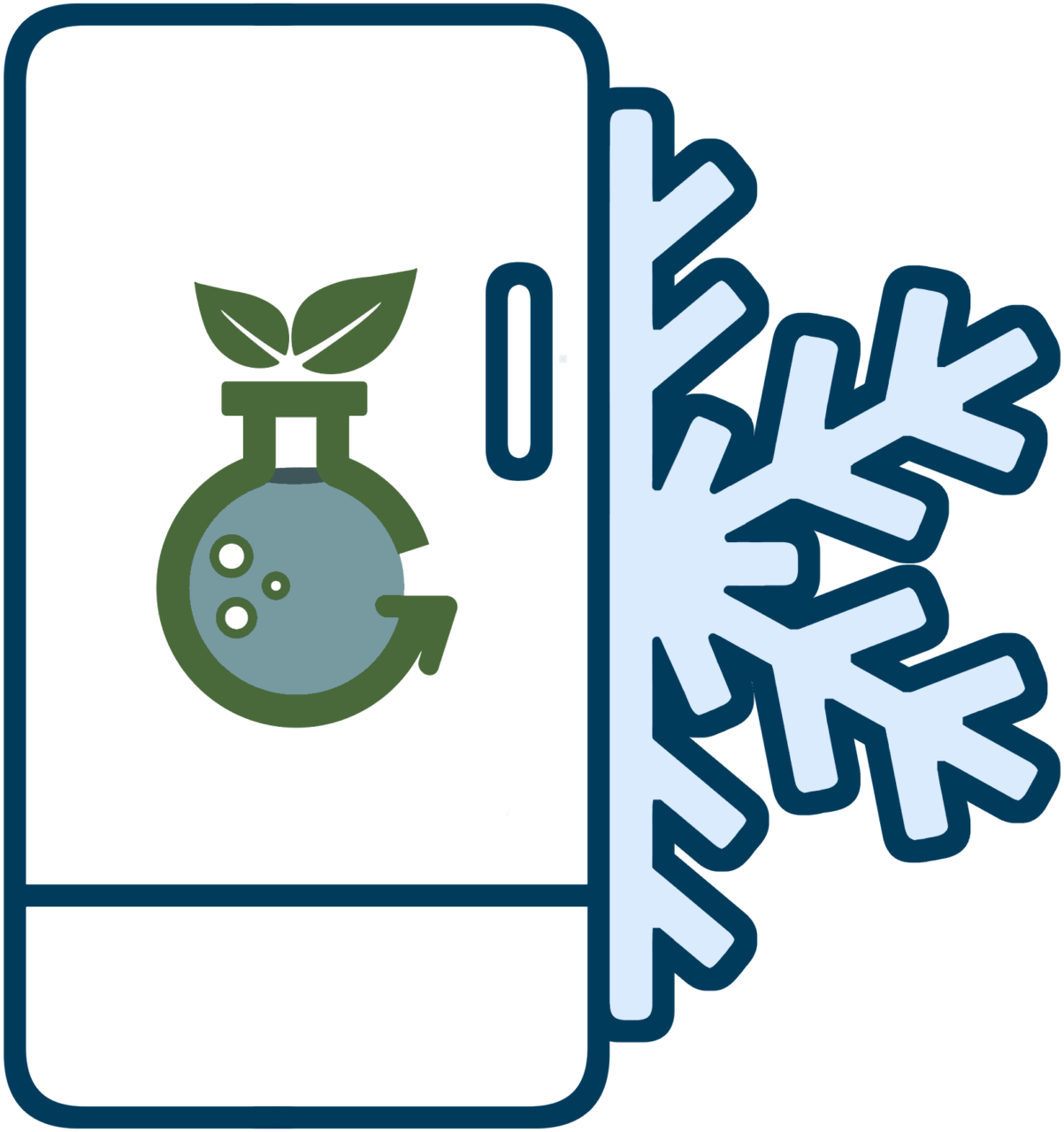
Green Labs is offering a dual-tiered certification process with the goal of minimizing the energy consumption of all UCLA laboratories to lower operational costs, increase equipment longevity, and transform campus research to become more sustainable! We can help you evaluate your lab’s current operations and determine how they can maximize sustainability. The program offers two certifications, the Blue Certification, awarded to labs who implement our selection of simple but highly effective practices, and the Gold Certification, awarded to labs who go above and beyond by implementing our Gold Star practices!
A pilot program will be initiated on April 14th, and the full, official program is set to launch during the 2025-2026 academic year. The pilot will run until May 23rd, and will require fewer steps for a preliminary certification. Green Labs will work closely with participating labs to provide and receive personalized feedback to better shape the upcoming official program, maximize its effectiveness, and support the participants.
Additional program details and freezer sustainability resources are provided below. If you have any questions regarding the program, please contact us, and we will respond promptly!
As this is a pilot program, participating labs will be required to fulfill only a majority of the sustainable practices to achieve a certification. If these labs choose to participate in the full program during the 2025-2026 academic year, they will be better equipped to finalize implementing all practices to receive additional awards at the end of the program!
1. Submit the Initial Assessment Survey
Afterwards, labs will receive an email confirmation regarding the sustainability status of your lab. Green Labs will then provide recommendations for improving their practices to achieve Blue and Gold Certification.
2. Implement all applicable best practices
Our implementation period will run until September 5th, during which, Green Labs will offer additional resources and personalized guidance to help labs transition to a more sustainable model!
Green Labs Freezer Sustainability Certification Pilot Program pamphlet
ULT Freezer Sustainable Practices pamphlet
ULT Freezer Sustainable Practices one-pager (print out for in-lab use)
3. Fill in the Progress Tracker
This final step allows us to assess labs’ performance after the implementation period. Green Labs will then evaluate all participating laboratories, award preliminary certifications, and distribute awards in the fall.
Labs who achieve either a Blue or Gold Certification will receive the official printed award, as well as cling-on plaques to adhere to laboratory doors or freezers to show off to anyone that their lab is officially Freezer Sustainable with UCLA Green Labs! Laboratory staff may also include a Certificate badge within their email signature to further display this award.
Additional rewards are currently to be determined, but will include financial incentives provided by UCLA, and potentially by external organizations and vendors!
By implementing the following practices, labs can obtain a Freezer Sustainability Blue Certification. These are the most simple ways for reducing energy consumption and optimizing freezer efficiency. These practices include implementing or updating regular maintenance schedules, providing proper ventilation, increasing internal freezer temperature, and altering everyday practices to increase storage space and reduce energy consumption.
Action Category 1: General Maintenance
These practices decrease energy consumption by eliminating potential interference with freezer performance, and ultimately increase unit longevity and efficiency.
1. Place all freezer units on an annual defrosting schedule
Frequency may be increased depending on usage
2. Place all freezer units on a monthly maintenance schedule
Remove frost from freezer interior
Remove dust from intake and coils
Check filters to ensure proper working condition
Check seals and gaskets to ensure proper working condition
3. Keep surrounding area of all freezer units well ventilated to avoid heat accumulation
Allow for clear space behind and above all freezer units
Action Category 2: Temperatures and Samples
Research has shown that “chilling up” your ULT can reduce energy consumption by 30-40%, while still maintaining sample integrity. Keeping your unit well-organized can maximize storage capacity, increase operational longevity, and reduce open-door time temperature fluctuations (which consume excess energy when restoring ultra-low temperatures).
1. Set freezer temperature to -70°C rather than -80°C
2. Optimize sample organization within freezer
Clearly label samples and maintain inventory with previous temperature and usage records
Place highly used samples towards front of freezer
3. Fill empty spaces with polystyrene ice; avoid large, empty spaces in freezer
4. Each month, clear out unneeded samples
5. Implement high-density storage and vertical rack systems
Use 13×13 dividers and/or smaller tubes to increase storage capacity
By complying with the Blue criteria and going above-and-beyond through implementing the following practices, labs can obtain a Freezer Sustainability Gold Certification. These additional measures can maximize freezer sustainability, though not all may be applicable or required (based on laboratory needs and Green Labs discretion). These practices include retiring unused freezers, upgrading to more energy-efficient models, and implementing cutting-edge operational methods.
Action Category 3: Gold Star Practices
These final steps can help to reduce the total energy consumption of the lab by increasing energy efficiency, reducing open-door time, and optimizing storage space.
1. Empty, drain, dry, and unplug unneeded freezer units
2. Retire older units and upgrade to Energy Star models
3. Implement a barcoded inventory system
4. Implement room temperature sample storage (RTSS) for applicable samples
RTSS can apply to DNA, RNA, plasmids, reagents, and diagnostic kits
5. Share cold storage space with another lab
